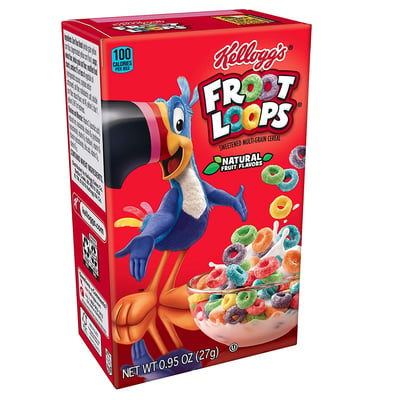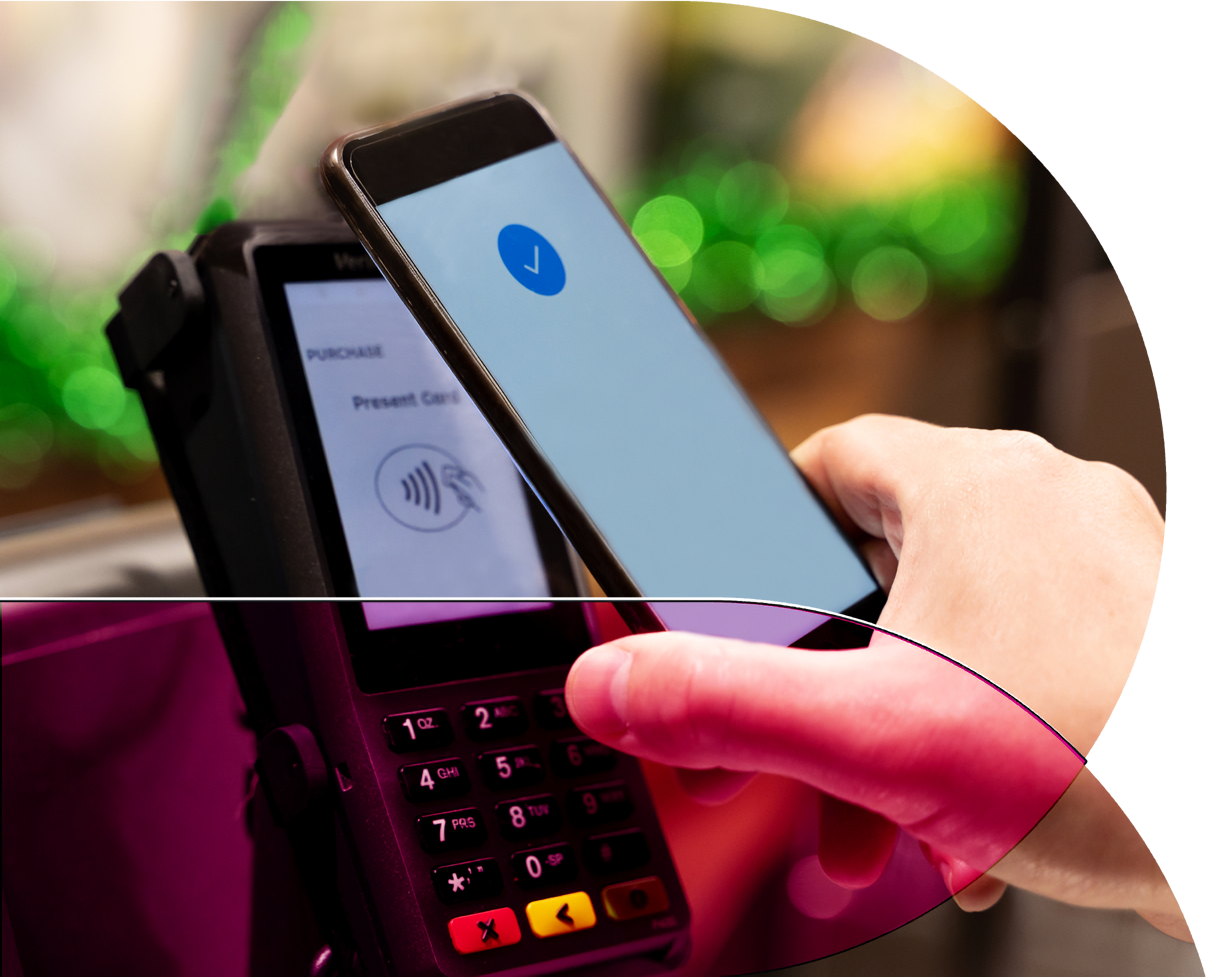Digital Retail Presents Real Challenges That Behaviorally Can Help You Overcome!
The digital shelf leaves shoppers confused about size and quantity. How can your images help consumers make the right choices?
The retail world is decidedly digital. Our clients have shared their biggest e-commerce challenges with us. Between managing product data content at e-commerce retailers and ensuring that it is compliant, effective, and helps drive sales, We hear you! Furthermore, we have chronicled your challenges in our e-book that addresses Ten Pain Points in E-commerce to Overcome.
Challenge #7 is that size on the digital shelf can be relative and misleading.
There is no ambiguity about the size of images that e-tailers allow on the digital shelf. The hero images are small, and thumbnails are even smaller especially when viewed on a mobile device. Anyone who has shopped through a third-party app like Instacart knows the convenience of ordering your entire grocery shopping list on the fly with your mobile phone. But the barrier to choice is undoubtedly rooted in the literal size of the product images as they appear on the screen you hold in the palm of your hand! As in, they are TINY!
In previous posts, we addressed restrictions and technical requirements for compliance in digital display, as defined uniquely by each e-tailer. In this challenge, we refer to the size of an item customers are considering. These images include relevant terms like ounces, grams, or pounds and the number of units in the SKU of the product customers are adding to cart.
The images of your product when a shopper lands on the PDP are critical to the often instinctive, critical purchase choice. What can a manufacturer do to make sure images help steer the consumer towards a satisfying choice that is just the right size?
Remember the Goldilocks story? She stumbles on the home of the Three Bears and tries porridge, chairs, even beds to find the ones that are “just right.” She could physically interact with the objects before making a choice, judging relative characteristics in a context. Visual information drives 80% of shelf impressions. Choice in physical retail also benefits from the ability to consider the product in physical proximity to others on the shelf, even to the extent of picking up a product and feeling its weight before placing it in the cart. Choice is made in context, leveraging what behavioral science calls the “anchoring and framing effect.” We make choices by comparing things we might select relative to other options.
On the digital shelf, shoppers search for items to purchase. Once they are on the Product Detail Page (PDP), choices are narrowed to consideration of one product SKU. The consumer considers the product as described in text and images, out of context with other factors that facilitate choice. And in the almost unconscious act of shopping, consumers depend on optimal photos to make sure our purchase is “just right.”
To make this real, consider an actual anecdote from one of our team members at Behaviorally. She was filling her cart for a weekly shop. She wanted to add an item out of her regular shopping list: a container of macaroni salad to augment the menu for a picnic dinner with her partner.
She searched on “macaroni salad,” landed on a PDP in the prepared foods category, looked at the image, and clicked the item into her cart. When the order arrived, she realized that she had inadvertently ordered a 3-lb. container of macaroni salad instead of the 6-ounce option that would have been more than enough for her purposes!
She had no visual clues in a product image on the PDP that would have led her instinctively to the right choice for the right occasion!
Size also relates to the quantity, which can be difficult to communicate on in e-commerce platforms.
Another anecdote that made the rounds in social media last year illustrates the importance of images to convey quantity, even when text might guide a digital choice. During the pandemic, pop singer Billie Eilish mistakenly ordered 70 mini-boxes of Froot Loops instead of one single box. She didn’t recognize the price point of $35 as an indicator of the number of product units.

The price could have been a clue, but there wasn’t an image to guide her instinctive impulse for the comfort food of her youth! This situation makes for a fun story but not an optimal shopper experience.
Multiply these examples times all the items consumers purchase. It is easy to see the frustration in the making and the challenge for manufacturers wanting to get it right!
On the physical shelf, even small items can benefit from the context allowed by shelf proximity. On the digital shelf, once the consumer is at the moment of purchasing truth, the product image needs to work harder to convey what shoppers might gloss over in the text-based product descriptor. Manufacturers can comply with the rules for size in displaying a product image on the PDP (image resolution measured in pixels, as an example). Still, very little exists to guide e-commerce marketers to effectiveness measures that will successfully drive the right shopper choice.
(A little aside about size, which is more about the market than the product or the product image).
It bears restating that getting digital retail right overall is a huge, growing, and potentially costly challenge. Just this week, e-Marketer reported the following rankings of the relative size of e-commerce retailers:
- “Walmart overtook Amazon in grocery e-commerce sales in 2020, when sales grew by more than 84% to total $27.13 billion for the big-box store.”
- “Amazon’s sales grew 63.1% in 2020, hitting $25.79 billion.”
And Instacart? Whose mobile app is SOOOO limiting in terms of the size of the product image?
E-Marketer put them in the following context:
“We didn’t include Instacart in our rankings of US e-commerce retailers because it’s a service that facilitates sales for grocery retailers. That said, if Instacart were to be ranked, grocery sales through the platform would’ve placed Instacart just below Amazon in the No. 3 spot.”
So, size matters. For shoppers having the contextual clues to make satisfying choices comes down to the visual information conveyed almost unconsciously through the product images on your PDP. How can you be sure an image is “just right” to eliminate size and quantity confusion and drive the perfect shopper choice?
The Solution? Flash.PDP™!
Behaviorally is the leading digital partner to help brands drive shopper growth. Knowing these challenges exist for our clients on e-commerce teams who want to win in digital retail, we developed a solution that leverages visual recognition AI, our extensive database of shopper marketing content, our unique behavioral framework, and decades of category expertise. Introducing Flash.PDP – an always-on alert system to identify and optimize product images on the PDP that will convert to sales and drive shopper growth. It addresses category and retailer-specific metrics that provide easy, efficient ways to monitor and optimize images that will lead to increased sales.
To learn more, contact a Behaviorally digital retail expert today here.
